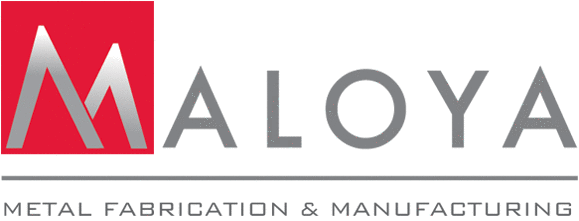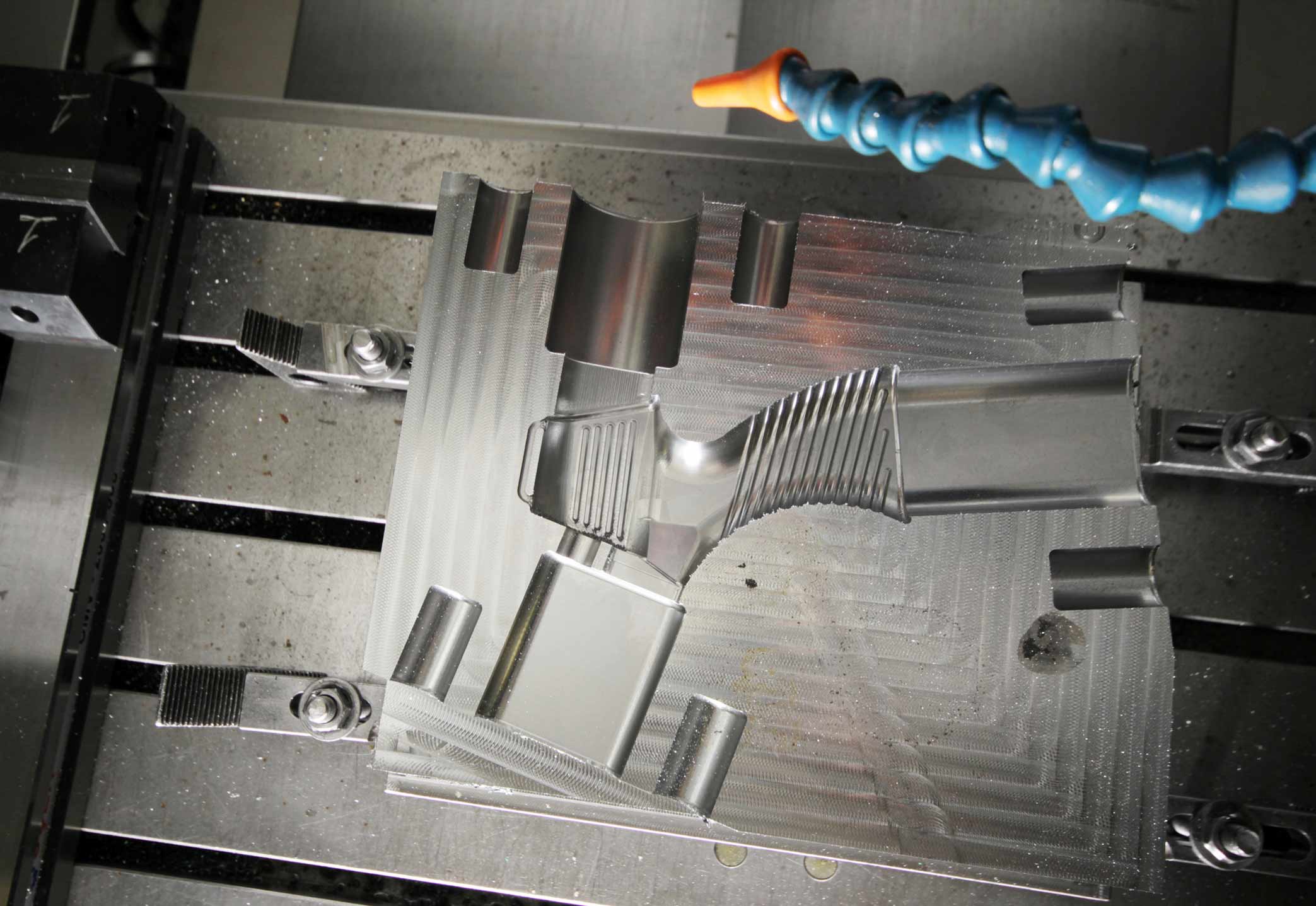What’s the Difference Between 3-Axis and 5-Axis Machining and How Do I Know Which is Right For My Project?
CNC machining is a highly versatile, cost-effective method for fabricating parts, and is an excellent choice for a wide variety of projects.
During the design process, you’ll need to determine whether CNC machining is right for your specific project needs and if so, you’ll need to consider whether a 3-Axis or a 5-Axis approach would be best.
We’ve put together this short guide to help you understand the basic differences between the two methods and which ones are best for certain types of projects.
How is CNC Machining Different from Additive Technologies?
CNC machining is a digital technology that uses computer-aided design (CAD) software to manufacture a wide variety of part types.
It is distinct from additive or formative technologies like 3D and injection molding in that it uses material removal methods to fashion the final product.
3-Axis v. 5-Axis Machining Basics
3-Axis and 5-Axis are broad terms encompassing a range of methods for removing materials using cutting tools.
3-Axis
There are two basic system variations for 3-Axis machining: CNC milling and CNC turning (also called lathing).
Both technologies offer a very basic method of machining which allows for movement of the cutting tool itself within three axes relative to the part being formed (those being up-down, back-forth, and right-left axes).
There are a number of distinguishing factors between these 3-Axis methods, each with their own set of benefits and limitations depending on the type of project being machined.
3-Axis CNC milling offers limited tool access which can mean design restrictions apply since with this type of machine, not all areas of the part may be easily accessible (or accessible at all).
Parts that require simple geometries and require a high level of accuracy with extremely tight tolerances are ideal for 3-Axis CNC milling technology.
Unlike CNC milling, 3-Axis CNC turning (lathing) is restricted to designs with cylindrical profiles. So if a part requires multiple profiles, it means an added step to mill the non-cylindrical feature separately.
Projects with very high volume production requirements are ideal for CNC 3-Axis turning technology since this method can produce parts at the lowest cost per unit than any other CNC machining technology.
5-Axis
5-Axis technology comes with a slightly higher price tag than 3-Axis CNC machining. This is because it offers advanced capabilities, requires expertise to execute those capabilities, and requires specialized machinery to produce parts.
Multi-axis CNC machining methods vary, but they’re all fundamentally based on milling and lathing technology, and offer a wider degree of freedom than 3-Axis CNC machining methods.
This machining method can accommodate more complex projects and a part with multiple geometric profiles can be produced in just one step as opposed to 3-Axis CNC turning.
However, it’s important to note that 5-Axis CNC machining isn’t ideal for projects involving a complex topography or intricate design. (Such projects would be better suited to 3D printing.)
There are three main system variations for 5-Axis machining:
5-axis Indexed Milling
During the machining process, the tool doing the cutting can move along the same three linear axes as discussed above, but in between operations, the tool head, as well as the bed, can be repositioned without the need to manually rotate the workpiece. This ability to rotate tools and beds gives a wider range of access points for machining more complex geometries.
An indexed 5-Axis milling machine can produce parts with more involved geometry, at a faster rate, and with higher accuracy levels than any of the 3-axis CNC machines.
However, if a design requires highly accurate contoured surfaces, it’s likely a continuous 5-axis CNC milling machine is the best option.
Continuous 5-axis Milling
These machines provide a lot more freedom since all five axes can move at the same time during machining operations. This allows for the fabrication of parts with more complex geometries with a smooth surface and fewer machining marks.
Plus, they offer these capabilities at a much higher level of accuracy than any other CNC machining method. (Bear in mind this premium performance level comes at a higher cost per part than all the other processes.)
Mill-turning Centers With Live Tooling
Using this method, a spindle rotates at either a high rate of speed (similar to a lathe) or much like the 5-axis CNC mill, the workpiece can be positioned at a precise angle.
CNC Machining Expertise
If your project is ideal for 3- or 5-Axis CNC machining, we invite you to visit Maloya Metal Fabrication & Manufacturing here to learn more about how our dedication to excellence can benefit you.
We have quality-control mechanisms in place during every phase of a project and use market-leading MieTrack production planning software to deliver high-quality, defect-free products on time and within budget.
We use the latest technology combined with expertise in Design/Build concepts to partner with our customers to solve demanding project requirements from many diverse industries.



.png?width=80&name=Untitled%20design%20(37).png)






